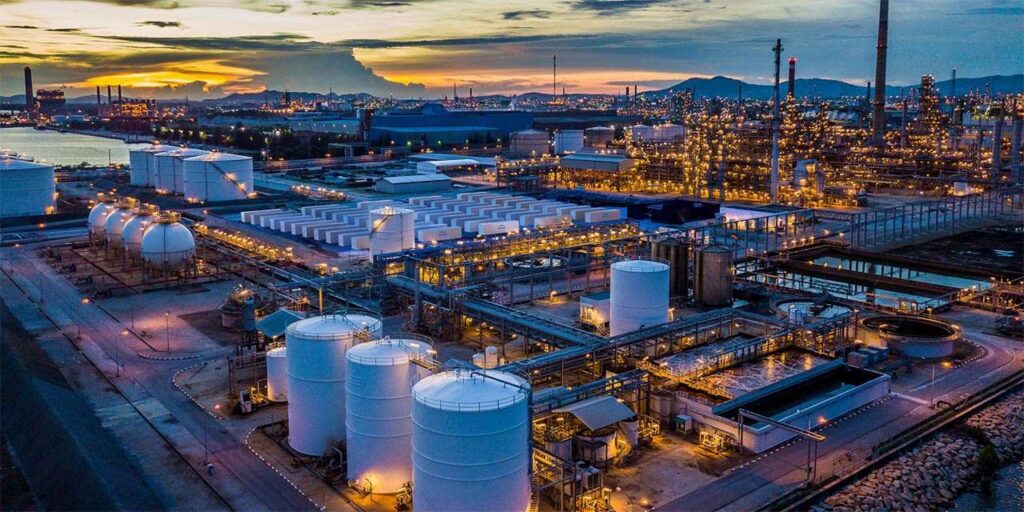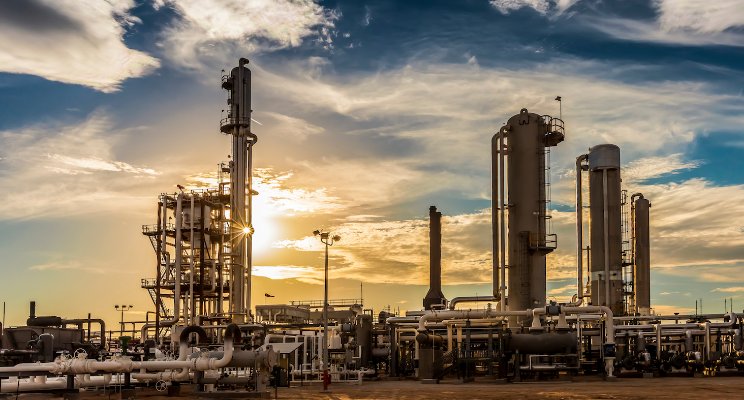Industries are the structured systems that produce goods, deliver services, and shape modern economies. From agriculture and manufacturing to technology and healthcare, industries provide the frameworks that sustain livelihoods, build nations, and fuel progress. Understanding industries is more than recognizing business categories; it’s about grasping how human needs, innovation, and resources intersect. For readers searching today, the question is simple: What are industries, and why do they matter so deeply in shaping society, opportunity, and the future? This article provides a comprehensive view, exploring their evolution, types, advantages, disadvantages, and the balance they strike in daily life.The word “industry” has roots in Latin, signifying diligence and productivity. The earliest industries were based on survival agriculture, hunting, fishing, and tool-making. These activities were localized, serving immediate community needs. Over centuries, however, industries expanded into specialized sectors, each defined by its methods, resources, and outputs.
The Industrial Revolution of the 18th and 19th centuries marked a dramatic turning point. What began with textile mills and coal-powered steam engines rapidly spread into railroads, steelmaking, and global trade. Industries no longer served only local communities; they became engines of national strength and global competition. This industrial growth reshaped cities, gave rise to new working classes, and created the foundations of modern capitalism.
Types of Industries
Industries are commonly classified into categories based on the kind of activity they perform:
- Primary Industries – These extract and use natural resources. Examples include farming, forestry, fishing, and mining.
- Secondary Industries – These process raw materials into finished goods, including construction, textiles, automobile production, and manufacturing.
- Tertiary Industries – Service-oriented sectors such as education, healthcare, finance, and retail.
- Quaternary Industries – Knowledge-based industries like software, research, biotechnology, and consulting.
- Quinary Industries – High-level decision-making sectors, including government, corporate leadership, and non-profits.
This classification shows how industries are not static; they are interdependent systems that evolve with technology and societal demands.
Industries and Their Roles
| Industry Type | Examples | Role in Society | Growth Drivers | Challenges |
|---|---|---|---|---|
| Primary | Farming, Mining, Fishing | Provides food, raw materials, energy | Population growth, resource demand | Sustainability, depletion, climate risks |
| Secondary | Manufacturing, Construction | Creates consumer and capital goods | Global trade, innovation in production | Labor shifts, automation |
| Tertiary | Retail, Education, Health | Delivers services and social infrastructure | Urbanization, rising incomes | Service costs, inequality |
| Quaternary | IT, Research, Consulting | Drives innovation, data, and knowledge | Digital transformation, AI | Skills gap, data security |
| Quinary | Policy, Leadership, Nonprofits | Shapes governance, social progress | Global cooperation, leadership | Political instability, decision biases |
The Importance of Industries
Industries shape economies by generating wealth, jobs, and innovation. Beyond economics, they are social ecosystems that shape how people live, what they consume, and what they value. A thriving healthcare industry, for example, enhances life expectancy, while strong cultural industries preserve heritage and identity.Industries also influence international relations. Energy industries determine global power balances, while technology industries compete across borders for dominance. The interconnection is undeniable: industries are not only economic structures but also instruments of diplomacy, influence, and collective progress.

Pros and Cons of Industries
Like every system, industries bring benefits but also pose challenges.
| Pros of Industries | Cons of Industries |
|---|---|
| Generate jobs and income | Environmental pollution from factories and resource extraction |
| Drive innovation and technological progress | Overreliance on automation leading to unemployment |
| Enable large-scale production of affordable goods | Income inequality across industries |
| Strengthen infrastructure and global trade | Overconsumption and waste |
| Foster social mobility and economic development | Exploitation of labor in some regions |
This balance underscores the paradox of industries: while they elevate quality of life, they also create consequences requiring careful management.
Historical Case Studies
The Textile Industry in Britain
In the 18th century, textiles were at the center of the Industrial Revolution. Machines like the spinning jenny revolutionized production, making fabrics cheaper and accessible. However, the same industry also led to child labor, poor working conditions, and environmental impacts.
The Automobile Industry in America
Henry Ford’s assembly line transformed not just the car industry but also labor systems worldwide. Cars became affordable, fueling suburban expansion and shaping 20th-century culture. Yet, the automobile industry also deepened fossil fuel reliance and urban pollution.
The Technology Industry in the 21st Century
The rise of tech giants has redefined modern economies. From smartphones to artificial intelligence, these industries shape communication, commerce, and even identity. The pros include efficiency and connection; the cons include privacy concerns, screen addiction, and monopolistic practices.
The Evolution of Modern Industries
Today, industries are increasingly shaped by technology, sustainability, and globalization.
- Automation and AI are transforming manufacturing and services. Factories now rely on robots, while algorithms manage logistics and finance.
- Green industries are emerging, focusing on renewable energy, sustainable agriculture, and recycling.
- Globalization has made industries interconnected, where supply chains span continents. A disruption in one region, such as a microchip shortage, affects industries worldwide.
The 21st century is marked by industries adapting to dual pressures: the demand for growth and the demand for responsibility.
Industries and Culture
Industries are more than production systems they shape culture. Hollywood’s entertainment industry exports American culture globally. The fashion industry influences identity and expression. The sports industry builds community and pride. Even agriculture carries cultural heritage, from wine-making in France to rice farming in Asia.Thus, industries are not faceless machines; they are cultural storytellers reflecting values, aspirations, and histories.
The Future of Industries
The industries of the future will likely focus on:
- Renewable Energy – Solar, wind, and hydrogen replacing fossil fuels.
- Digital Economy – Virtual reality, blockchain, and decentralized finance reshaping commerce.
- Health Innovation – Personalized medicine, biotech, and telehealth expanding healthcare access.
- Space Industry – Satellites, space tourism, and exploration becoming new economic frontiers.
- Circular Economy – Industries designed for reuse, repair, and recycling to combat climate change.
The challenge is ensuring that industrial progress aligns with sustainability and equity. The winners of the future will be industries that balance profit with purpose.
Conclusion
Industries are the scaffolding of societies, economies, and cultures. They feed populations, employ millions, and shape collective futures. But they also create pressing challenges climate change, inequality, and labor disruption that must be addressed.To understand industries is to understand humanity itself: its drive to create, innovate, and organize resources for survival and growth. The story of industries is not only about factories and markets but about people—their needs, ambitions, and visions of a better tomorrow.
FAQs on Industries
1. What are industries in simple terms?
Industries are organized systems where people, resources, and technology come together to produce goods or provide services. They are the backbone of economies, ranging from farming to technology.
2. How are industries classified?
Industries are usually divided into five categories: primary (resource-based), secondary (manufacturing), tertiary (services), quaternary (knowledge), and quinary (leadership and policy).
3. Why are industries important for a country’s economy?
Industries generate jobs, create wealth, and provide essential goods and services. They also attract investments, build infrastructure, and help nations compete globally.
4. What are the main challenges industries face today?
Industries struggle with environmental sustainability, rapid automation, global supply chain disruptions, rising inequality, and the need to transition toward renewable resources.
5. What will industries look like in the future?
Future industries will emphasize clean energy, digital economies, biotechnology, artificial intelligence, and circular systems designed for sustainability and global cooperation.

